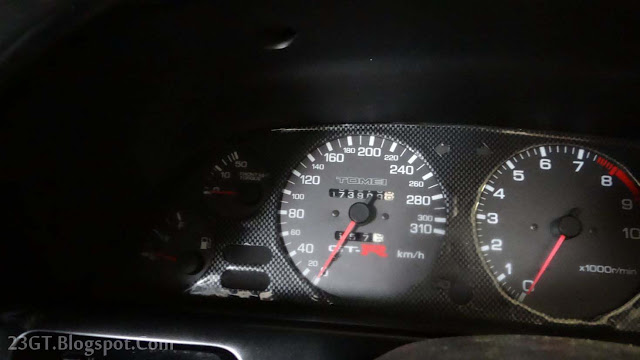Video: 2003 Grand Am Rolex Sports Car Series Year In Racing
In the global sports car racing community 2023 is being heralded as the dawn of a new age, even a new GOLDEN age, as the new Le Mans Hypercar rules come into their own. The Hypercar category actually started racing back in 2021 but this year is really when it showed off its promise as big teams from Ferrari, Cadillac, Peugeot, Porsche, BMW, and Acura were finally able to make their racing debuts with sexy new prototype race cars to slug it out with sole incumbent manufacturer Toyota for wins at the legendary endurance races like Le Mans, Daytona, and Sebring. With more confirmed entries coming from companies like Lamborghini and Alpine and interest being rumored at other firms like Aston Martin, top-level prototype racing is reaching a feverish level of excitement not seen since the glory days of Group C and IMSA GTP back in the '80s and '90s.
Twenty years ago another organization was also trying to preserve the future of sports car racing by debuting a brand new prototype category – that organization was the Grand American Road Racing Association.
Back in the early 2000s the top level of sports car racing in the USA was split between two series: GARRA's Rolex Sports Car Series and the American Le Mans Series.
ALMS was based on the same rules used by the ACO, the governing body for the 24 Hours of Le Mans. That meant they had the Le Mans Prototype 1 or LMP1 category at the top. LMP1 had seriously fast machinery that was also seriously expensive – this meant manufacturers were harder to attract because of the sheer expense and the category had lost more and more interest from car companies until Audi was the only one left to dominate for many, many seasons.
Grand Am decided they wanted prototype cars that were slower and cheaper to run than the LMPs. Since Grand Am mainly raced on oval tracks modified to form a road course (called “rovals”) like Daytona and Phoenix International Raceway slower cars would be safer if they hit the concrete banking on the ovals. Slower would also be cheaper since less cutting-edge tech would be needed. And so they came up with their own new prototype class: the Daytona Prototypes or DPs, named after the series' premiere race – the 24 Hours of Daytona – just like the LMPs were named after the 24 Hours of Le Mans.
Instead of an expensive carbon fiber chassis, the DPs would have simpler tube frames. The overall length would be shorter and height would be relatively tall – this would make the cars have a blunter front end to limit top speeds. Manufacturers weren't allowed to field teams directly – instead a manufacturer supplied the engine and then a team would pick a chassis from an independent builder like Multimatic, Riley Technologies, or Doran Racing to put it in. Engines also had to be production-based so expensive, exotic, custom-built designs would be avoided.
All part of the history of motor racing but always with one goal in mind: having a great race!



Comments
Post a Comment